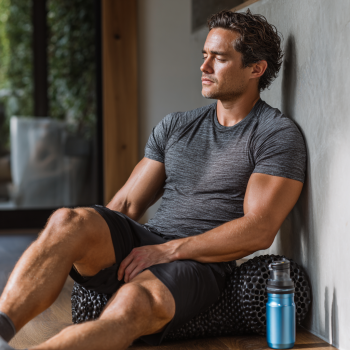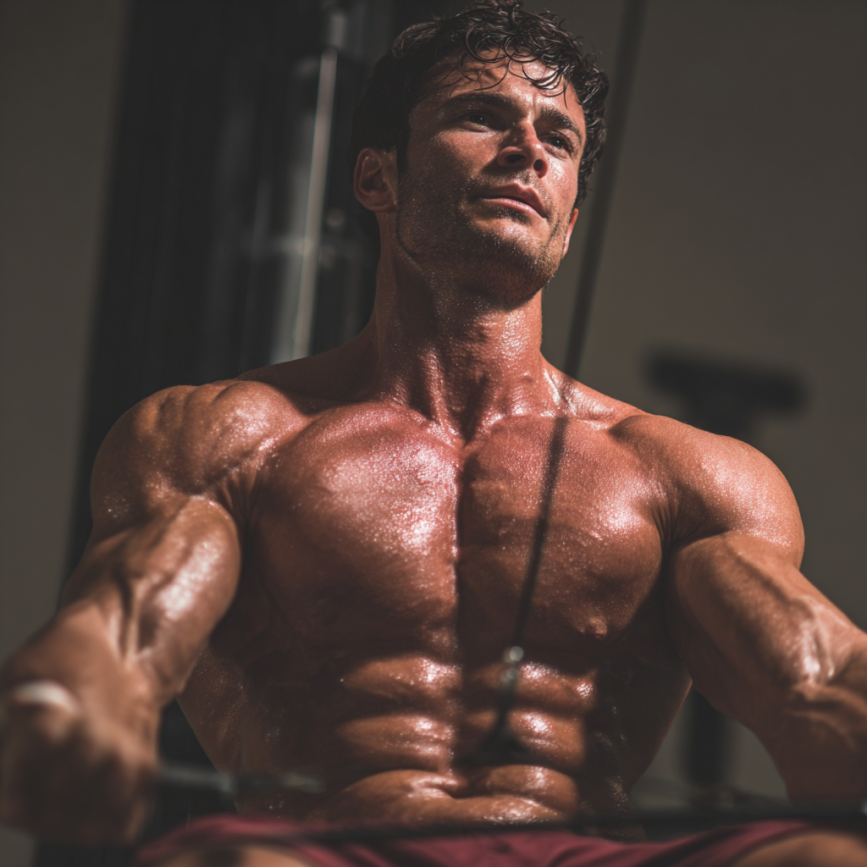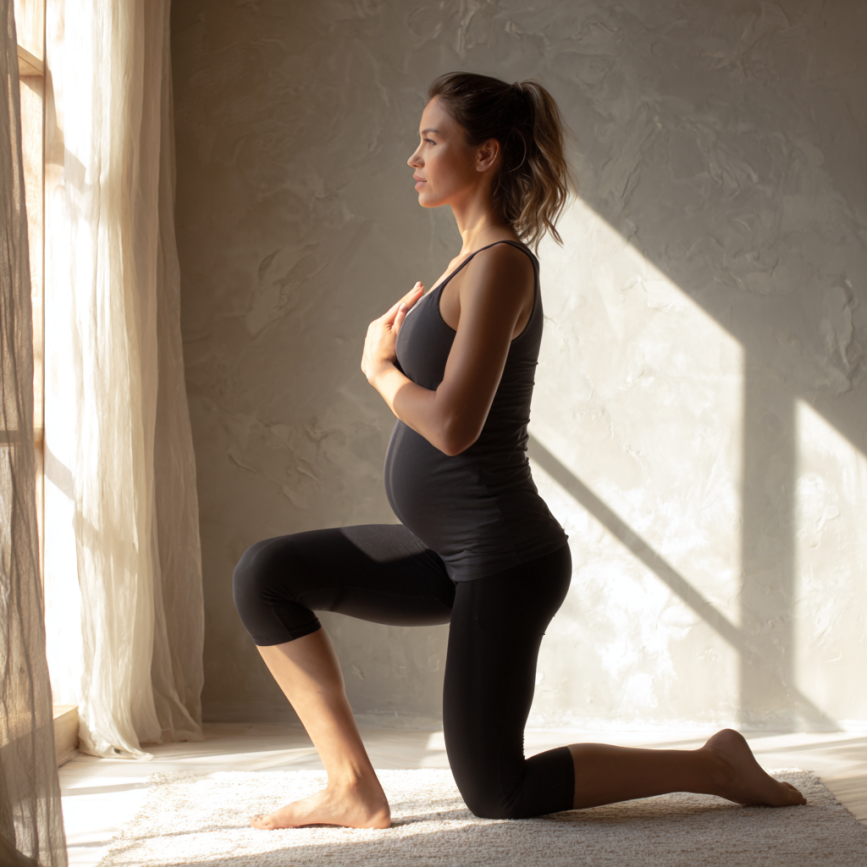
My mornings set the rhythm for the day. I’m not talking about a 2-hour ritual—I keep it simple. I hydrate, move a little, and get sunlight in my eyes. It grounds me and boosts my mood instantly.
Even five minutes of stretching, walking, or breathwork helps me transition from sleep to action. I eat a balanced breakfast, review my goals, and avoid jumping straight into my phone.
You don’t need a perfect routine—just a consistent one. A strong morning = better choices all day.
Jean Paul Rivas








